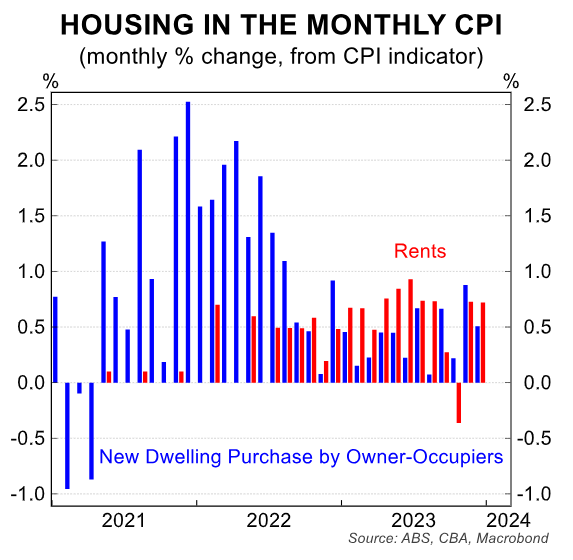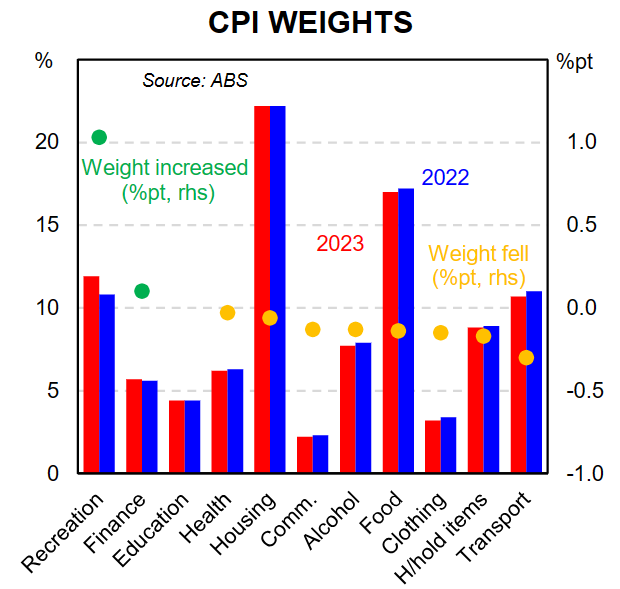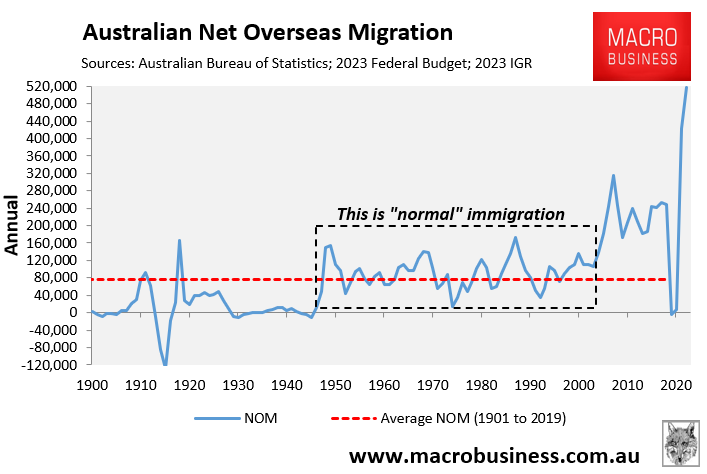CBA economist, Stephen Wu, has released the bank’s preview of the January inflation indicator, scheduled for release on Wednesday by the Australian Bureau of Statistics (ABS).
CBA forecasts that the ABS CPI Indicator will record a 3.5% rise in January, up slightly from 3.4% in December.

Wu notes that “housing is expected to remain the key driver of inflationin the month”.
“Record low vacancy rates are keeping rents inflation elevated, with the impact from the increase in rental assistance having fully faded since November last year”, Wu adds.
“Labour shortages in the construction sector are still acute and are contributing to high dwelling construction costs”.

“New dwelling purchase cost growth likely remained a driver of inflation given its large weighting in the CPI basket. We expect prices rose by just under 5%/yr, broadly around its average pace over the past five months”, Wu said.
Housing comprises nearly one quarter of Australia’s CPI basket.

Therefore, the strong growth in rents and new dwelling purchase costs are placing significant upward pressure on Australia’s CPI inflation.
Both are directly impacted by the Albanese government’s mass immigration policy, which is fueling housing demand for purchase and rent.

In short, Labor’s mass immigration policy is making it harder for the RBA to tame inflation through interest rates by pushing housing demand ahead of supply.
This ‘Alboflation’ will require the RBA to maintain tighter monetary policy than it otherwise would, punishing both homeowners and renters.

